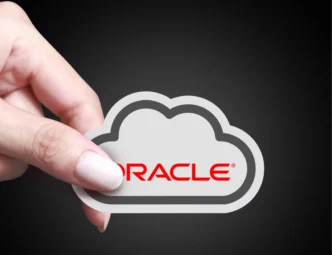The recent bankruptcy filing by DNA testing company 23andMe has raised fresh concerns about the future of sensitive genetic data belonging to its 15 million customers. As the company navigates Chapter 11 bankruptcy protection, security experts and lawmakers warn that your personal DNA information could be at risk — especially if a new buyer takes control.
23andMe says that data privacy will be a priority in any potential sale or transaction. But the reality is, once ownership changes, so could the rules about how your genetic information is used, stored, or even sold. If you’re one of the millions who used 23andMe’s services, now is the time to take action to protect your data.
Can You Delete Your 23andMe Data?
While you can’t erase everything, there are critical steps you can take to regain control over your information. Be warned — users report that 23andMe’s website is slower than usual, likely due to a surge in deletion requests.
Here’s how to start deleting your data:
- Log in to your 23andMe account.
- Go to your Settings.
- Scroll to the 23andMe Data section.
- Click View and scroll down to Delete Data.
- Select Permanently Delete Data.
- You’ll receive a confirmation email — click the link to finalize the request.
💾 Pro Tip: Download a copy of your data before deletion if you need a personal backup.
However, there’s a major catch. According to 23andMe’s privacy policy, the company and its labs may still retain your genetic information, date of birth, and sex to meet legal and regulatory obligations. Additionally, they will store limited account information, including your email address and the deletion request, for auditing or legal purposes — potentially for an unspecified period.
How to Destroy Your DNA Sample and Withdraw Research Consent
If you originally allowed 23andMe to store your saliva sample or use your DNA for research, you can still revoke that permission:
- Go to your Account Settings.
- Navigate to Preferences to stop storage of your sample.
- To withdraw research consent, find the Research and Product Consents section and update your choices.
⚠️ Important: While you can revoke future consent, there’s no way to delete the information already used in past research projects.
Don’t Forget: Talk to Family and Friends
Your DNA doesn’t just tell your story — it also reveals information about your relatives. That’s why it’s essential to check in with family members and encourage them to take the same steps if they’ve used 23andMe.
Because once sold, this data could potentially expose relatives and descendants — not just individual users. It’s also a good idea to talk to friends who may have used similar services and help them protect their information too.
In a time when genetic data is more valuable than ever, 23andMe’s bankruptcy puts a spotlight on how fragile data privacy can be — especially with something as personal as DNA. Protecting your information now could prevent headaches down the line.













